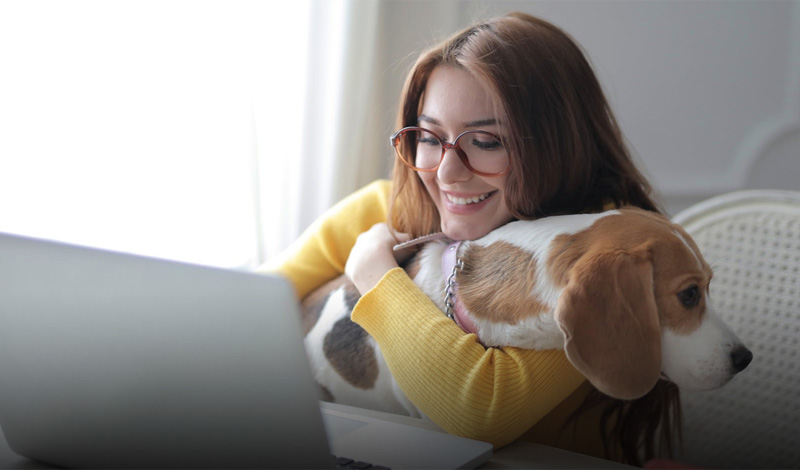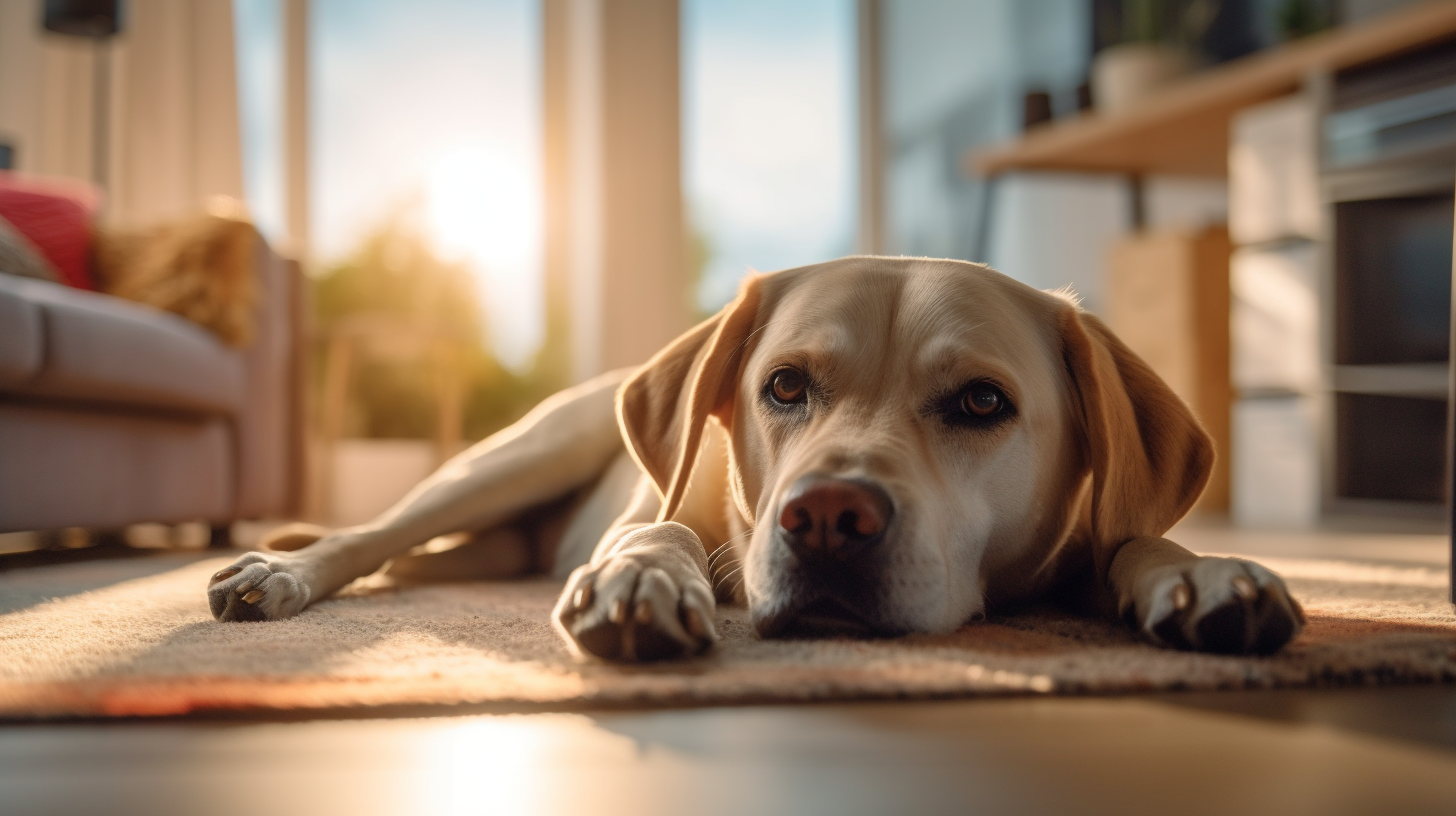Easing Pet Separation Anxiety When You Go Back To Work

If there any winners amidst the "Shelter In Place" orders, it's surely household pets. With most Americans spending 25-75% more time at home than pre-pandemic time periods, a nation of dogs and cats are getting more quality time with their human companions than they ever thought possible.
But what happens when economies reopen and most of us go back to our offices and work sites?
Separation anxiety is already a problem for many animals, especially dogs, and the currents state of things is only amplifying those negative effects.
We've scoured the web for how to be serve your four-legged family members, here's what the experts have to say:
1. OBSERVE YOUR DOG'S BEHAVIOR
"Suddenly, the dogs don't get the email that it's back to work or whatever that new normal is...
I'm concerned we're going to see a lot of separation anxiety."
- Steve Dale, Certified Animal Behavior Consultant
Not all dogs suffer separation anxiety and not all dogs will react the same way to their change in schedule. Here are a few things that can help soothe and care for your dog if you know they suffered from separation anxiety in the past:
- Pheromone products
- Probiotics
- Nutraceutical products
- Comfort vest
If your dogs have never had issues with separation anxiety in the past, there are the types of signs you should look out for once you begin leaving your house and returning to your regular routine:
- Dogs howling or crying when their owners leave their residence
- House-trained dogs having accidents inside the home
- Dogs digging at the door or "trying to escape"
Read more on this topic here.
2. KEEP ROUTINES IN PLACE
"If you crate them while you are work you should still be crating them while you're at home."
- Melody Whitworth, President of Unchained Melodies Dog Rescue
Experts agree that routines are critical to ensuring happiness and good health for your dog. If you normally walk your dog at specific intervals - don't change that routine just because you're home. If you normally have your dog in a yard or a crate during specific hours of the day, keep that same schedule in place.
Read more tips and tricks here.
3. PREPARE FOR A RETURN TO WORK
"Most pets don’t like sudden and abrupt changes. Instead, try starting now to get your pet ready and ease them back to your previously ‘normal’ routine more easily," Metiva said in a statement.
- Janelle Metiva CPDT-KA, a dog behavior specialist at Best Friends Animal Society
To get dogs prepared for a little more alone time once again, Metiva suggests theses steps:
- Create a space where pets can relax on their own (ideally this will be the quietest part of the house)
- Provide your dog with enrichment that can be enjoyed independently, such as hidden treats in boxes, food puzzles, stuffed Kongs, etc.
- Soothing music or a white noise machine can be extremely pleasant and calming for dogs - play them when you're out of the room, that way your pet is never "alone."
- Reward your dog for self-sufficient, positive behavior (especially if they’re usually clingy)
- Practice leaving for short periods of time to run essential errands or go for a walk
Complete re-acclimation plan here.
We hope that you and your entire family are safe and healthy during these extraordinary times. And if you are still stuck at home, why not replace that dingy dog door that's been driving you nuts. Our entire collection is available online, our prices have never been better.

